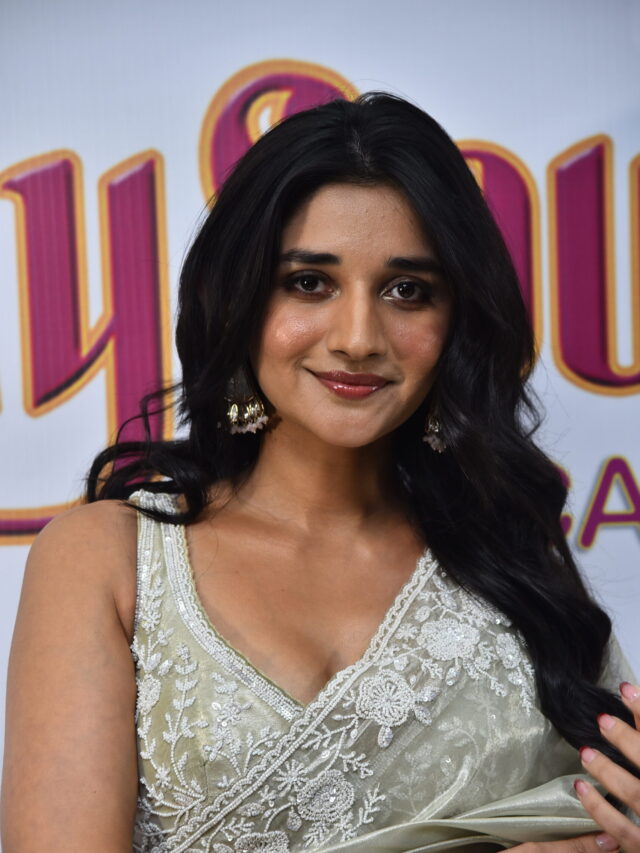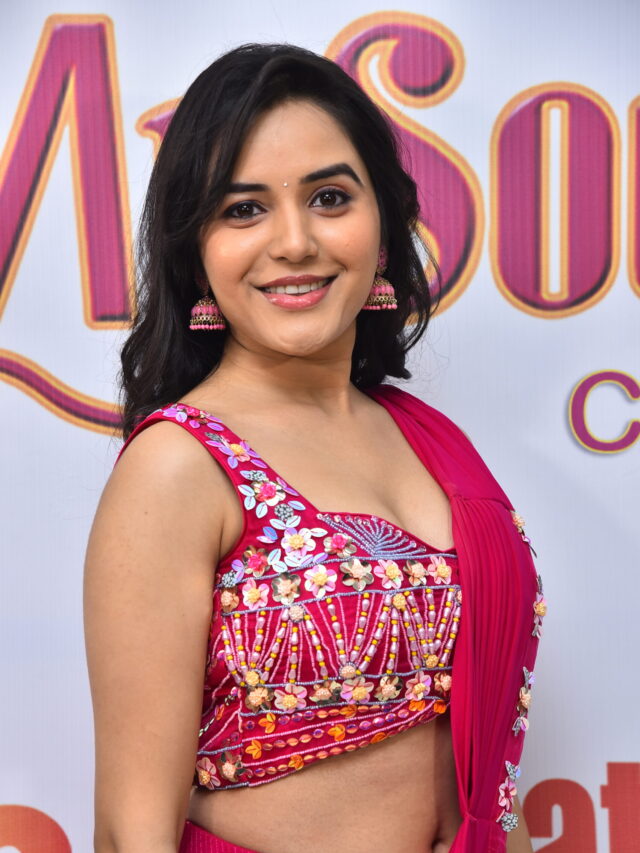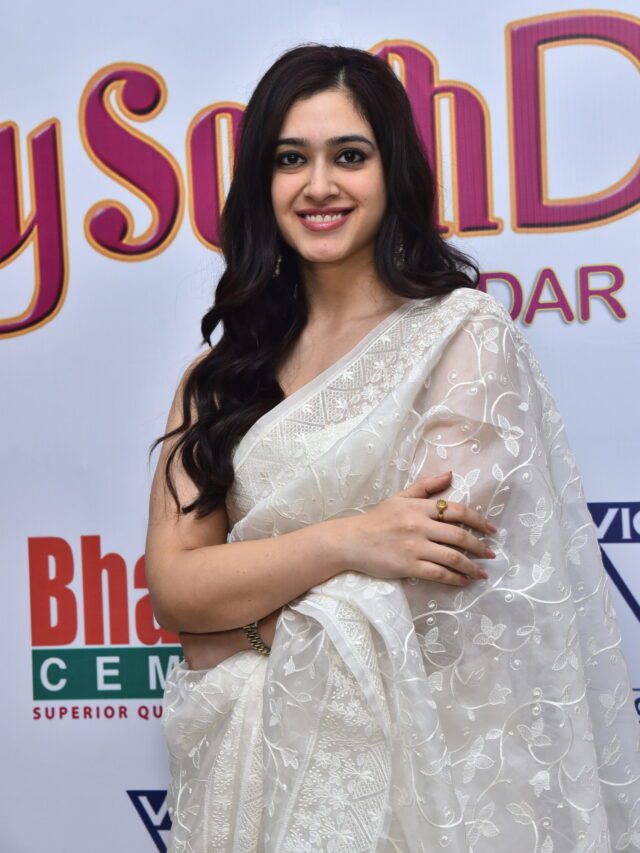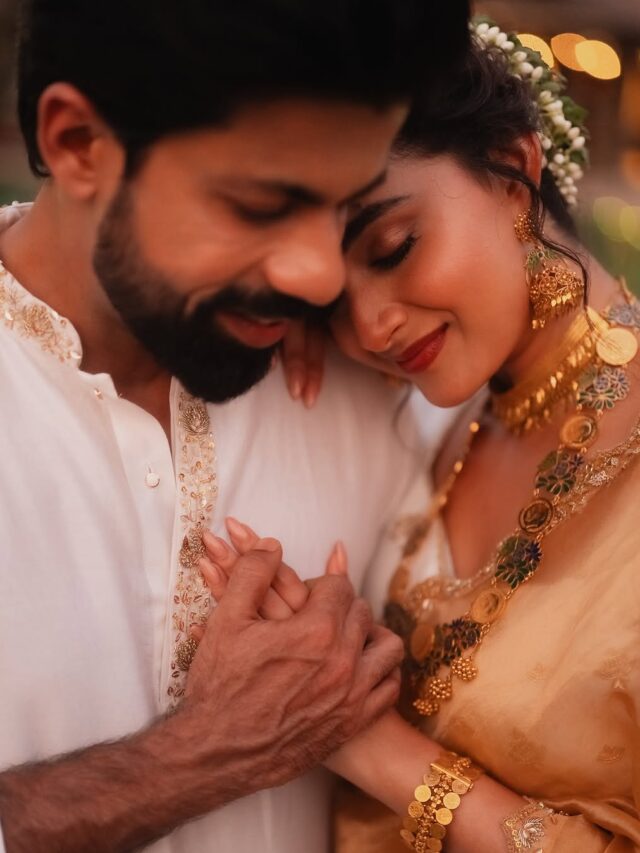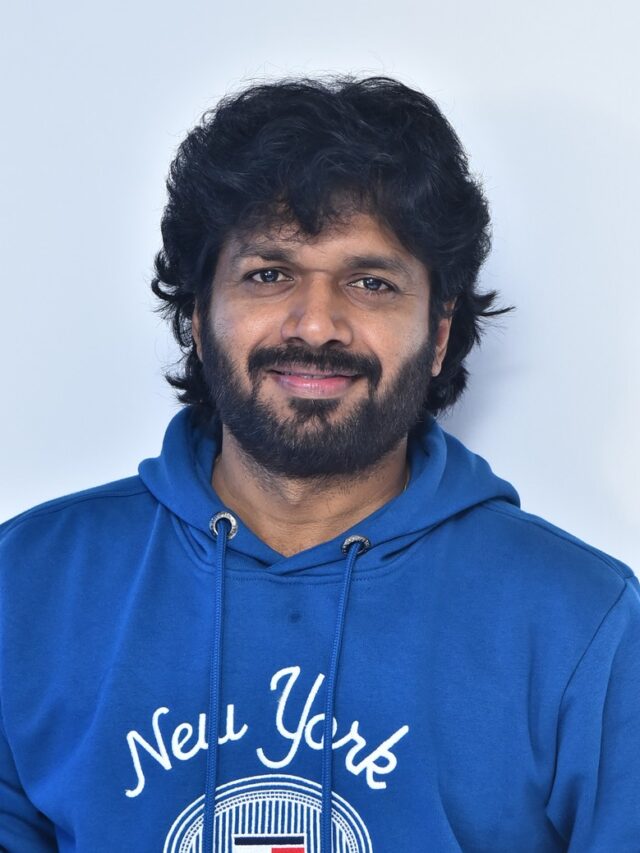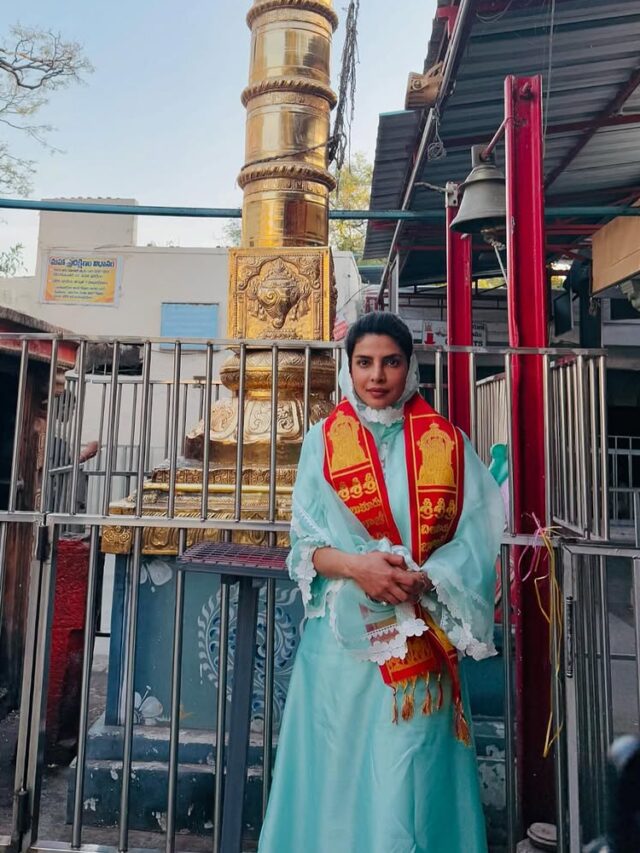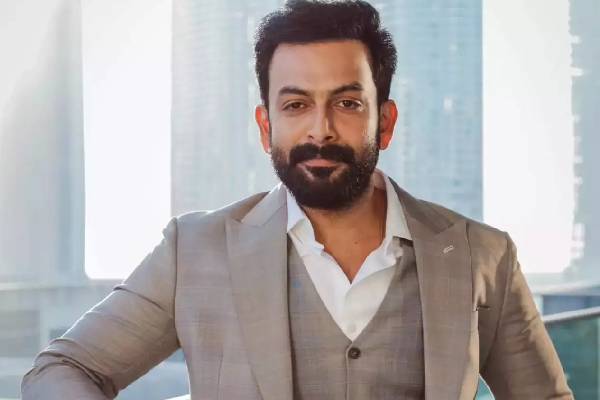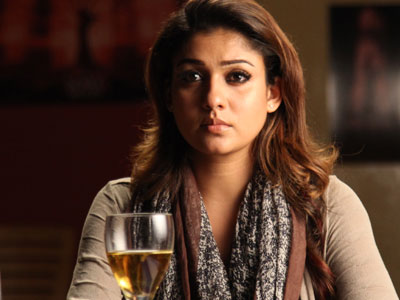[intro]A promising debutant director Ashwin Saravanan makes a sophisticated and riveting ghost horror film that is sure to win many hearts.[/intro]
The genre of “cursed horror” cinema gets a redefining presentation by an exciting debutant director Ashwin Saravanan in “Mayuri” (“Maya” in Tamil). In all of 143 minutes, this 25-year old director presents a gripping story of an aspiring actor Mayuri (Nayantara) with plots and and sub-plots and a finish that delivers a knock-out punch to the audience who travel with the story from the start.
To give away the story in a horror film is to spoil the beauty of cinema that can goose you. But if an outline be told, here’s how it goes. The central theme of the story revolves around a village called Mayavanam in which mysterious deaths are happening whenever someone is trying to uncover the mystery shrouding the death of innocent patients of a mental asylum – all of them buried in a graveyard there. The most-famously buried victim is a young lady Maya Mathews who delivers a baby but gets killed by the inmates – and her looming spirited presence hovers around the area of Mayavanam. The urge to investigate the truth takes a writer Vasanth (Aari), episode writer Madan (Uday Mahesh) and finally Mayuri (Nayantara) to the forbidden periphery of Mayavanam at different times with bone-chilling consequences. What is the real truth behind the killings? What is the truth behind the mysterious death of a rich lady Maya Mathews who is killed by the inmates of the Asylum after delivering a baby? Who survives this saga and who dies in the search?

If you want answers to some or more questions that get thrown up in the narrative, “Mayuri” is a riveting watch – that will be the cult-classic amongst the genre of horror films in recent times. What makes the film different is the many rules the director breaks in a quest to give the mother of all horror films of our generation. Here’s why this film deserves wider reach.
Firstly, instead of using the conventional approach of using spooky angles and awkward close-ups, director Ashwin uses the elements of a good story with many characters and plots who lead normal lives despite having dysfunctionalities typical of modern life – lust for money, affairs, divorce and all that. Because of this, the genre collapses many elements of a normal story of love, friendship and betrayal into a single horror film which is itself a feat – and then builds a three-act screenplay which builds the tempo gradually, initially seeming disconnected but as the layers of the story unravel, the dots are all connected in the end. This is what makes the film a treat to watch – breaking new ground in narrating a horror film.
Secondly, it uses Cinema as a medium within cinema itself to give us a paranormal experience that psyches us occasionally. For example, Steven Spielberg used TV as a central backdrop in the epic film “Poltergeist” as the spirits communicate with the mortals in a house and then stake claim on their lives. In “Mayuri”, the big multiplex screen in front of you becomes a centrepiece of communication used by the ghostly spirit in the movie trying to tell the truth. If this sounds unclear, it will get clear when you actually watch the movie’s climax which entirely runs like a visual canvass within a running movie on a multiplex screen. In this process, the director gives us the eerie moments at unexpected places and times – in a multiplex, in parking lots, in your living room, when you open the door besides the compulsive shots in the forest and at lonely times in the night. The high-point of the narrative is there are no visceral pleasures enjoyed by the Cameraman Sathyan Sooryan in focusing unnecessary angles at objects or human beings who are embedded in the story. A lot of the characters in the story are inter-linked to each other in more ways than what is obvious in the narrative – a standpoint that disarms you into making conclusions that distract you.
Thirdly, the director uses forty to fifty per cent footage in Black & White photography which makes the film get under your skin from the beginning. Infact, after the first twenty-five minutes of watching which comes with a powerful prologue sound episode that is linked to the main character of the film, you actually wonder whether you are watching a bygone era B&W film. This makes all the scenes that freak you out that much more impactful –a facet that is used with selective care by other film-makers. Parts of B&W footage were used by directors like RGV and others (“Vaishali”). In this aspect, Sathyan Sooryan, the cinematographer stands out for his work in both the color and B&W frames, it is nothing short of award-winning work and elevates the technical brilliance of a horror film like never before.
Fourthly, the director uses no gimmicks to use props of one image or character to scare you, that is the easy way out. Instead, the props change and come at unexpected moments. Cinema is one prop you can say, but the projection of it comes only in climax whereas most of the other times, the scares come in at regular frequency throughout the film. The principal ghostly character in the film – surprise, surprise, never reveals the face – and that gives as Ashwin says, an atmospheric feel of the spirit throughout the film that lingers on for some time after you leave the hall.
Lastly, the music of the film has to be more than surreal to carry the magnitude of the spookiness in the film which has zero relief except in one or two solitary funny lines thrown on marriage and infidelity. Rohan Ethan Yohaan is the music composer who lifts the many moods of the film with emphatic orchestration. When the credits roll, it is pertinent to observe so many talented violists and members of elite orchestras of East-European/Russian origin who were assembled to form the many overtures composed by Rohan. For any horror film, music forms the fulcrum of impact and director Ashwin uses the talent of Rohan to give consistently arresting scores throughout the film. Since this genre is dominated by the films with rich composing talents used in Hollywood, it is no mean feat to have a score for this film as used by Rohan Yohaan – he uses three signature tunes, of which the one associated with the reappearance of ghost repeats episodically until the climax. If you thought the music of “The Conjuring” which collected Rs.100 crores was the high-point of BGMs, ‘Mayuri’ will stump you with what natives in India are capable of scoring.
On the whole, the film is capable of wider appreciation because of the effort which translated into near-perfect film for a genre of this kind. The only areas in which it falters is in not giving any relief to the audience which commercial cinema gives even in genre kinds. Between the likes of Ramsay brothers and Ram Gopal Varma films at extreme ends, there has to be a better path, a middle path to show ghost horror films in better light. Ashwin Saravanan succeeds in giving us a taste of that capability. Editing by T.S.Suresh is good but could have been better to enhance the audiences’ understanding. At a few crucial juncture, editing cop-out makes the audience take time to understand what is happening really to wind the complex story to its logical ending. A few characters like the forest ranger and the paramour of Editor could have been omitted to make the story seem more compact. The only glaring logical flaw in the film has been that most of the explorations in pursuit of the mysterious spirits happens without any thought of taking help from the police or psycho-therapist or the mandatory Spirit-Dictor. It may be a first of its kind to attempt a story without the presence of any of these characters, but in the effort to strip the story of these all-pervading characters, director Ashwin gives a logical miss. Why, when so many inmates are dying in a god-foresaken mental asylum, neither the police nor the law-enforcing Human Rights activists cordon off the place and dig out the truth themselves is not clear. Quite ridiculous that the story contrives the law-enforcing agencies as virtually non-existent in the quest for knowing the unknowns.
But for these, performances by all characters stand out. Lakhmi Priya as Nayantara’s friend Swathi, and Aari as the hero give breakthrough performances. Nayantara has dialogues fewer than a K.Vishwanath heroine – it won’t even add up to a paragraph in the film – but she steals the show with a clean and nuanced performance. The rest of the characters do ample justice to their roles and nobody over-acts which is a rarity in Tamil films. If you ignore the few logical fallacies, this film is a must-watch for lovers of horror stories. The quality of dubbing into Telugu is also superior and exemplary – no place you get the feeling of watching a dubbed film and producer C.Kalyan seems to have taken good care. You won’t get the luxury of giggling at your neighbour often during the duration of the film which is itself a major achievement.
Rating: 3.25/5





